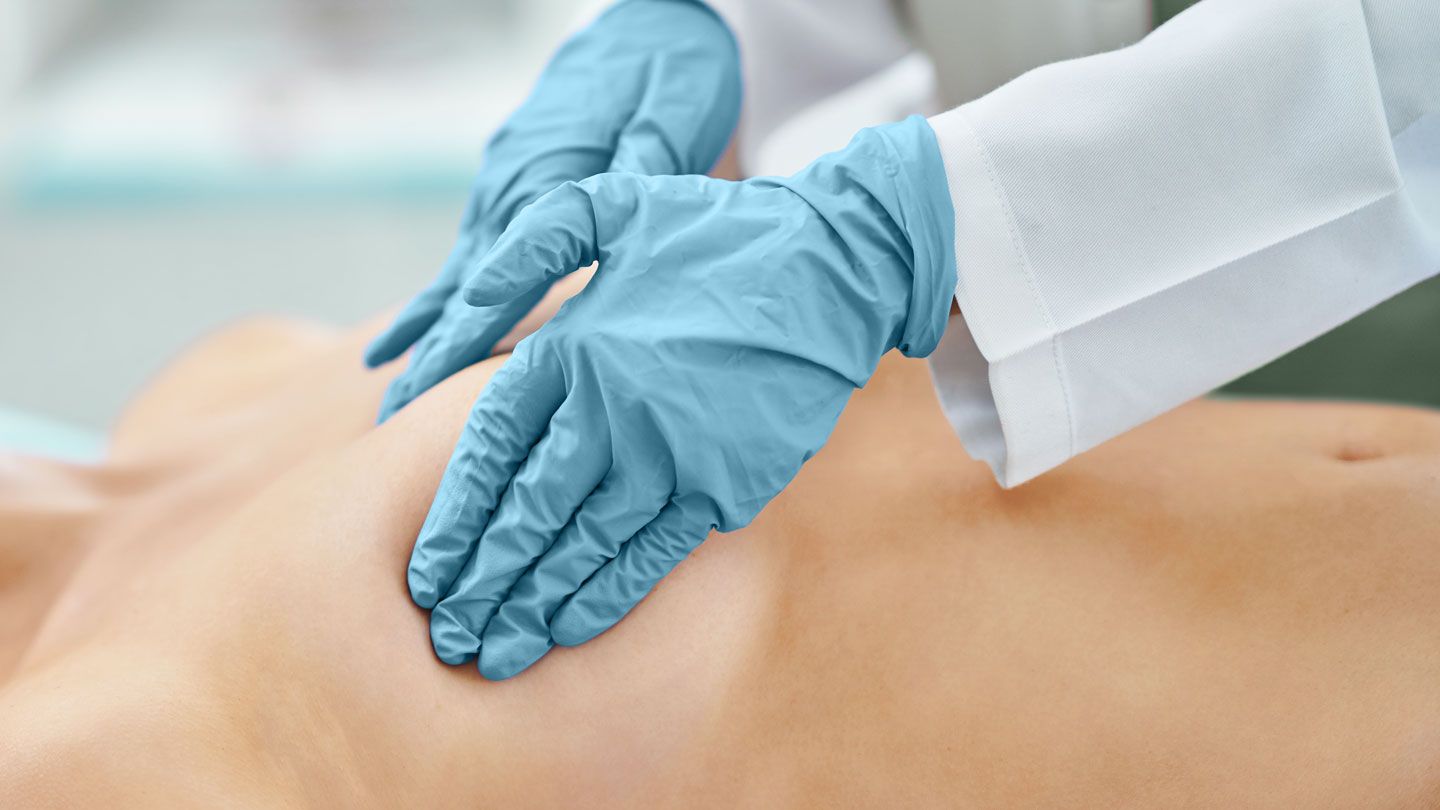
Breast exams play a crucial role in early detection of breast cancer, potentially saving lives. But what exactly do you know about them? Breast exams can be performed at home or by a healthcare professional. They involve checking for lumps, changes in size, shape, or texture, and any unusual discharge. Regular breast exams help you become familiar with your own body, making it easier to notice any changes. Did you know that both men and women can benefit from these exams? Yes, men can get breast cancer too! Understanding the importance of breast exams and how to perform them correctly can make a significant difference in your health. Ready to learn more?
Importance of Breast Exams
Breast exams play a crucial role in early detection of breast cancer. Regular self-exams and clinical exams can help identify changes or abnormalities.
-
Early Detection: Finding breast cancer early increases the chances of successful treatment. Early-stage cancers are often smaller and less likely to have spread.
-
Self-Awareness: Regular self-exams help individuals become familiar with their breasts, making it easier to notice any changes.
-
Clinical Exams: Doctors can detect lumps or abnormalities that might be missed during self-exams. Clinical exams are typically part of routine check-ups.
-
Mammograms: These X-ray images of the breast can detect tumors that are too small to be felt. Women over 40 are often recommended to get annual mammograms.
-
Ultrasounds: Used alongside mammograms, ultrasounds can provide a clearer picture of breast tissue, especially in dense breasts.
Techniques and Procedures
Different techniques and procedures are used during breast exams to ensure thorough evaluation. Each method has its own benefits and limitations.
-
Visual Inspection: Doctors look for changes in size, shape, or symmetry. Skin changes like dimpling or redness are also noted.
-
Palpation: Using fingers to feel for lumps or thickened areas. This can be done in various positions, such as lying down or standing up.
-
Biopsy: If a suspicious area is found, a biopsy may be performed to remove a small sample of tissue for testing.
-
MRI: Magnetic Resonance Imaging provides detailed images of the breast and is often used for high-risk patients.
-
Thermography: This technique uses infrared technology to detect heat patterns and blood flow in breast tissues.
Risk Factors and Prevention
Understanding risk factors can help in taking preventive measures. Some factors are within control, while others are not.
-
Age: Risk increases with age. Most breast cancers are diagnosed in women over 50.
-
Genetics: Family history of breast cancer can increase risk. Genetic mutations like BRCA1 and BRCA2 are significant factors.
-
Lifestyle: Diet, exercise, and alcohol consumption can influence risk. Maintaining a healthy lifestyle can lower chances.
-
Hormone Replacement Therapy: Long-term use of hormone replacement therapy can increase risk.
-
Reproductive History: Early menstruation or late menopause can elevate risk. Having children later in life or not at all can also be factors.
Symptoms to Watch For
Being aware of symptoms can prompt timely medical consultation. Not all changes indicate cancer, but they should be checked.
-
Lumps: Any new lump or mass should be evaluated. While most lumps are benign, they need to be checked.
-
Nipple Changes: Inversion, discharge, or changes in appearance can be signs of concern.
-
Skin Changes: Redness, dimpling, or thickening of the skin can indicate underlying issues.
-
Pain: Persistent pain in the breast or armpit area should not be ignored.
-
Swelling: Unexplained swelling of the breast or part of the breast can be a symptom.
Myths and Misconceptions
There are many myths surrounding breast exams and breast cancer. Clearing up these misconceptions can lead to better awareness and prevention.
-
Only Women Get Breast Cancer: Men can also develop breast cancer, though it is less common.
-
Lumps Always Mean Cancer: Not all lumps are cancerous. Many are benign cysts or fibroadenomas.
-
Mammograms Are Painful: While some discomfort may occur, the procedure is generally quick and not overly painful.
-
Young Women Don’t Need Exams: Breast exams are important for women of all ages, especially those with a family history.
-
Deodorants Cause Cancer: There is no scientific evidence linking deodorant use to breast cancer.
Advances in Breast Cancer Detection
Medical advancements have improved breast cancer detection and treatment. Staying informed about these can aid in early diagnosis.
-
3D Mammography: Also known as tomosynthesis, this technique provides a more detailed view of breast tissue.
-
Genetic Testing: Identifying genetic mutations can help in assessing risk and taking preventive measures.
-
Liquid Biopsies: A non-invasive test that detects cancer cells or DNA from a blood sample.
-
AI in Imaging: Artificial intelligence is being used to analyze mammograms and improve accuracy.
-
Personalized Medicine: Treatments tailored to individual genetic profiles are becoming more common, improving outcomes.
Final Thoughts on Breast Exams
Breast exams are vital for early detection of breast cancer. Regular self-exams, clinical exams, and mammograms can save lives. Women should start self-exams in their 20s and get clinical exams every three years. After 40, annual mammograms become crucial. Knowing your body helps spot changes early. Lumps, pain, or discharge should prompt a doctor's visit. Family history and genetics play a role, so discuss these with your healthcare provider. Breast exams aren't just for women; men should also be aware of changes. Early detection increases treatment success rates. Don't skip your exams; they're a simple step toward better health. Stay informed, stay proactive, and encourage others to do the same. Breast health is a shared responsibility. Let's prioritize it.
Was this page helpful?
Our commitment to delivering trustworthy and engaging content is at the heart of what we do. Each fact on our site is contributed by real users like you, bringing a wealth of diverse insights and information. To ensure the highest standards of accuracy and reliability, our dedicated editors meticulously review each submission. This process guarantees that the facts we share are not only fascinating but also credible. Trust in our commitment to quality and authenticity as you explore and learn with us.


